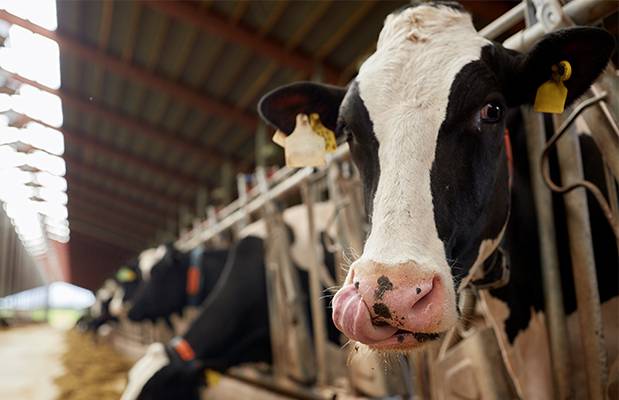The European dairy industry is a vital component of the continent’s agricultural sector, contributing significantly to its economy, food security, and cultural heritage. With a diverse range of products and a long-standing tradition of dairy farming, Europe is a global leader in dairy production and innovation. This report provides an overview of the European dairy industry, covering its market dynamics, production practices, challenges, and future prospects.
1. Market Overview: The European dairy market is vast and multifaceted, encompassing a wide range of products such as milk, cheese, butter, yogurt, and cream. With a population of over 500 million people, Europe represents one of the largest dairy markets in the world, both in terms of consumption and production. Key players in the European dairy industry include countries like Germany, France, the Netherlands, Italy, and Ireland, which are among the top dairy producers in the world.
2. Production Practices: Dairy production in Europe is characterized by a mix of traditional and modern farming methods, reflecting the continent’s diverse agricultural landscape. While some regions rely on extensive grazing systems, others employ intensive farming practices with a focus on efficiency and productivity. European dairy farms range from small family-owned operations to large-scale commercial enterprises, each with its own set of challenges and opportunities.
3. Market Dynamics: The European dairy market is influenced by various factors, including consumer preferences, dietary trends, economic conditions, and regulatory policies. In recent years, there has been a growing demand for dairy products with specific attributes such as organic, grass-fed, and lactose-free, driven by increasing health consciousness among consumers. Additionally, the rise of e-commerce and online retailing has transformed the way dairy products are marketed and distributed, offering new opportunities for market growth and expansion.
4. Challenges: Despite its strengths, the European dairy industry faces several challenges that impact its competitiveness and sustainability. These include:
- Price volatility: Fluctuations in milk prices and input costs can pose significant challenges for dairy farmers, affecting their profitability and livelihoods.
- Environmental sustainability: Intensive dairy farming practices can have negative environmental impacts, such as water pollution, greenhouse gas emissions, and habitat destruction, raising concerns about sustainability and resource management.
- Trade tensions: Trade disputes and protectionist policies can disrupt global dairy markets, affecting European dairy exports and import dependencies.
- Regulatory compliance: Strict food safety and quality standards, as well as animal welfare regulations, impose compliance burdens on dairy producers, increasing their operational costs and administrative burdens.
5. Future Prospects: Despite these challenges, the European dairy industry is poised for growth and innovation, driven by technological advancements, consumer demand for high-quality dairy products, and emerging market opportunities. Key trends shaping the future of the European dairy industry include:
- Technological innovation: Investments in precision farming, automation, and digitalization are expected to improve productivity, efficiency, and sustainability in dairy production.
- Value-added products: There is a growing demand for premium and specialty dairy products, such as artisanal cheeses, organic yogurt, and functional dairy beverages, offering new opportunities for product differentiation and market expansion.
- Sustainability initiatives: Dairy companies are increasingly adopting sustainable farming practices, such as pasture management, waste recycling, and renewable energy adoption, to reduce their environmental footprint and enhance their social responsibility.
- Market diversification: European dairy exporters are exploring new markets and market segments, including Asia, Africa, and Latin America, to diversify their customer base and mitigate the risks associated with market volatility and trade uncertainties.
Conclusion: In conclusion, the European dairy industry is a dynamic and resilient sector that plays a vital role in Europe’s economy, culture, and society. While facing various challenges, including price volatility, environmental sustainability concerns, and regulatory compliance burdens, the industry also presents numerous opportunities for growth and innovation. By addressing these challenges and capitalizing on these opportunities, European dairy producers can continue to thrive in a rapidly evolving global marketplace, meeting consumer demand for high-quality dairy products while contributing to Europe’s agricultural resilience and economic prosperity.
Related: Top 10 Largest Dairy Companies in Europe
